What Is Sinsemilla And What Does It Mean?
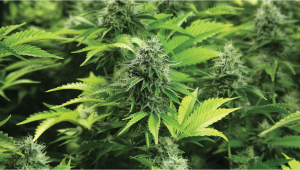
- 1. Sinsemilla meaning and what it is
- 2. Why is sinsemilla more potent?
- 3. The history of sinsemilla
- 4. Can sinsemilla strains produce seeds?
- 5. Faqs about sinsemilla
- 6. How are feminized seeds made?
- 7. In conclusion
Before sinsemilla, cannabis seeds were being grown outdoors in the wild so most of the flowers were full of seeds, as soon as growers and consumers realized that female plants live longer and continue developing flowers if they aren’t fertilized, sinsemilla started getting popular. The word Sinsemilla means "without seeds" and started being used to refer to potent weed in the 70s when growers how strong and better non-pollinated buds were.
This term quickly made its way into the lexicon of pop culture. You’ve heard it in reggae songs and seen it plastered on posters and magazines. But what makes seedless weed so special? Does it really differ much from pristine buds that contain no seeds at all? Or is it nothing more than hype? Find out everything you need to know about sinsemilla below, and why you should aim to grow seedless buds for the best results possible.
1. Sinsemilla Meaning And What it is
If you smoke or grow cannabis, it’s most likely you’ve heard the world Sinsemilla at least once. Sinsemilla is a word in Spanish that means without (“sin”) and seeds (“semilla”) so unlike most people think, it’s not a certain type of cannabis, it’s just cannabis buds that haven’t been pollinated by a male cannabis plant.
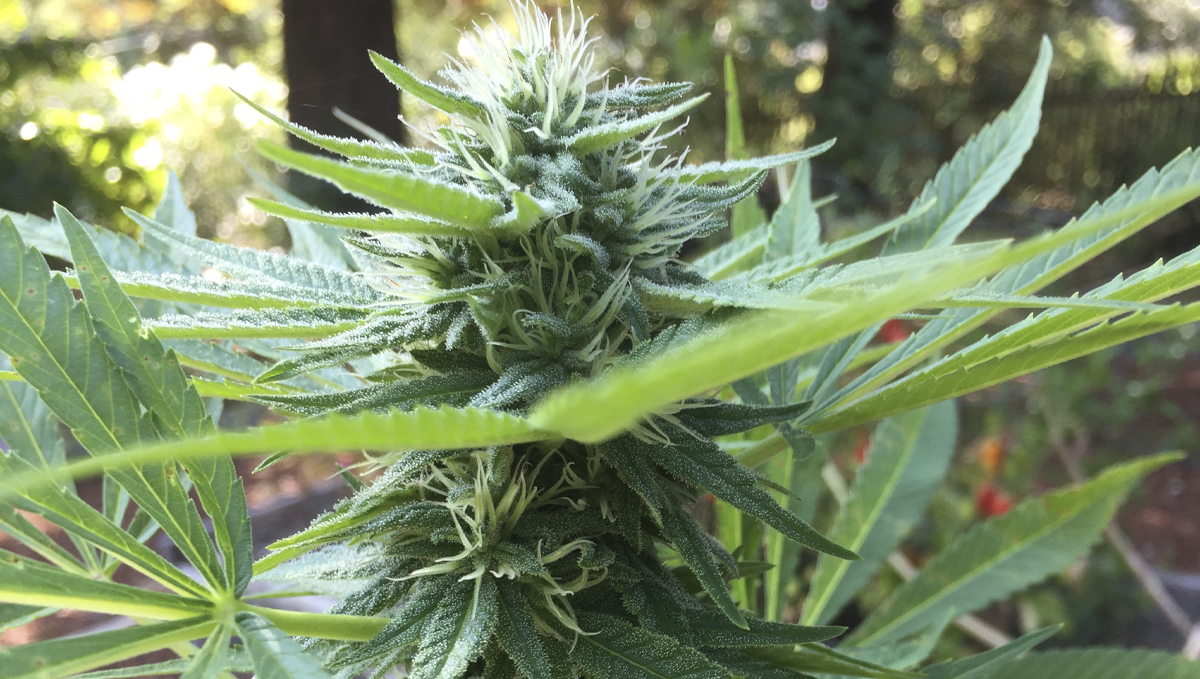
This word was often used to refer to super potent cannabis but as time went by, people realized why seedless cannabis was more potent and is now used to refer to feminized seeds.
So nowadays, if you want to get to growing sinsemilla weed, it's quite easy, you just have to grow feminized cannabis seeds.
2. Why Is Sinsemilla More Potent?
As you may know, cannabis plants are dioecious, meaning they can be male or female and when male plants in nature release the pollen, it will eventually reach the female plants, pollinating them and resulting in seeds. Now, this isn’t a bad thing if you’re a breeder but if you are planning on consuming those buds it’s not ideal to let your female plants get pollinated because pollinated plants grow for less time and spend a lot of energy producing the seeds instead of growing until the buds are mature and focusing on producing resin, this is why Sinsemilla (seedless) buds contain more cannabinoids and terpenes, resulting in a much stronger effect.
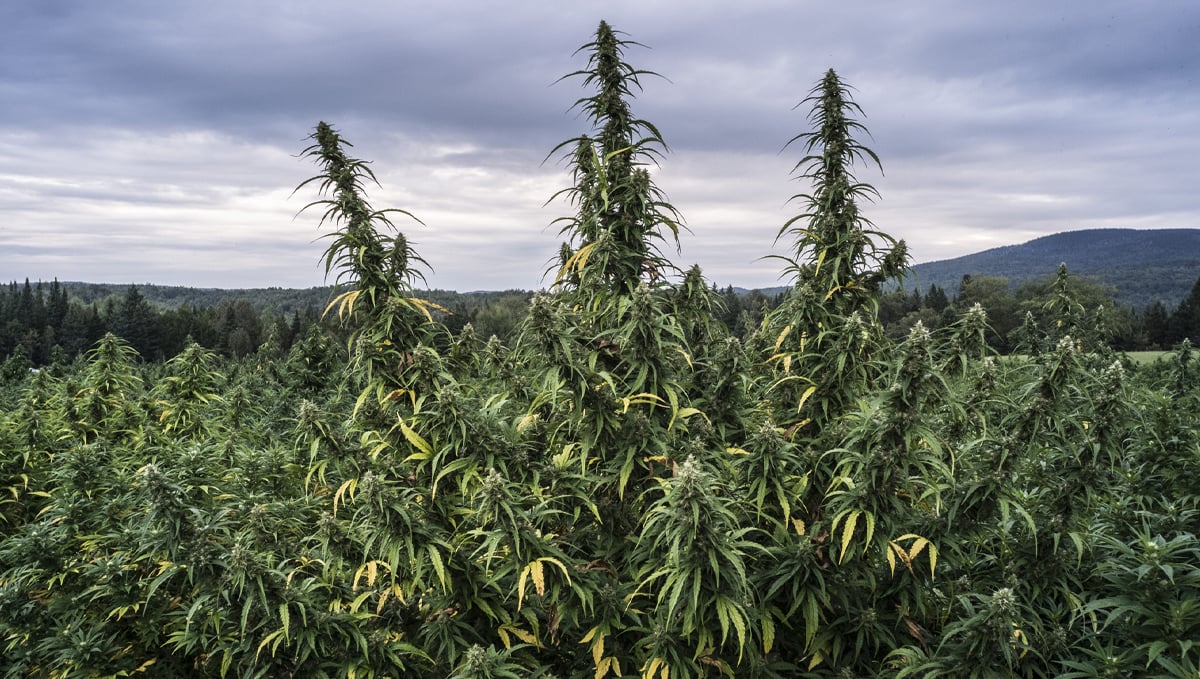
Ask yourself this question: Why do cannabis plants produce phytochemicals at all? The cannabinoids and terpenes that we harness for recreational and medicinal reasons serve very specific functions in cannabis plants. Ultimately, they’re a form of chemical warfare that help plants to deal with different forms of stress and to survive as a whole. These specialized molecules, classified as secondary metabolites, help to reflect UV rays, deter predatory herbivores, and drive away pests. This all contributes to the end goal of reproduction. However, once a plant becomes pollinated, meaning reproduction has taken place, it no longer has such a need to pump out phytochemicals, because its goal has already been achieved. Of course, it must continue to produce a certain amount to protect the seeds. However, resin production drops after pollination, meaning the quality of the flowers, by human standards, are reduced.
3. The History Of Sinsemilla
Years and years before growing cannabis became popular, weed was imported illegally from different countries, “brick weed” which were buds pressed into a brick usually came from Mexico and at that time most growers didn’t have a lot of knowledge about cannabis and the grow operations weren’t sophisticated so most consumers didn’t even know that they weren’t smoking good weed.
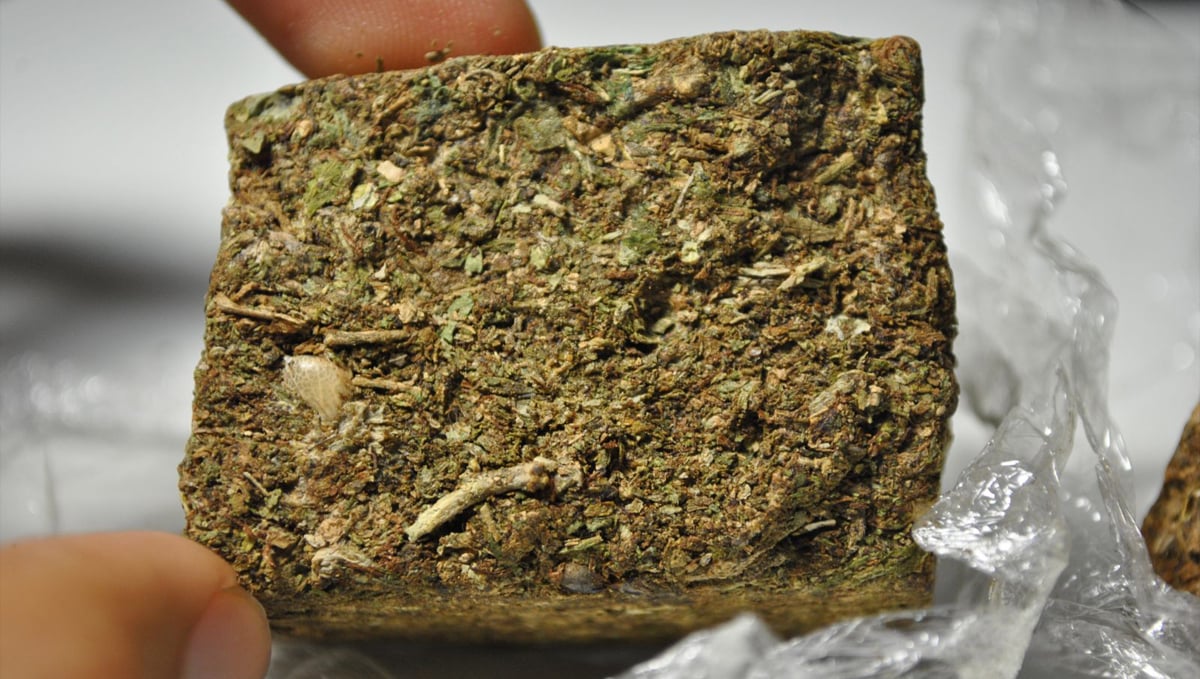
These buds that came from Mexico were often full of seeds because they didn’t know there was a difference between pollinated and non-pollinated buds, but once growers realized it and the knowledge spread out, growers started separating male from female plants. It’s theorized that the word sinsemilla dates back to the 1970s when cannabis cultivation starting becoming more and more popular in the US and Europe, being used to differentiate the “new” weed from the “old” weed and that’s why people thought it was a new strain.
As time went by, people realized that this stronger weed came from the same plant but it was grown in a certain way that prevented pollination, this is why growers started separating their plants and when indoor growing became a thing, keeping them in different rooms became much easier.
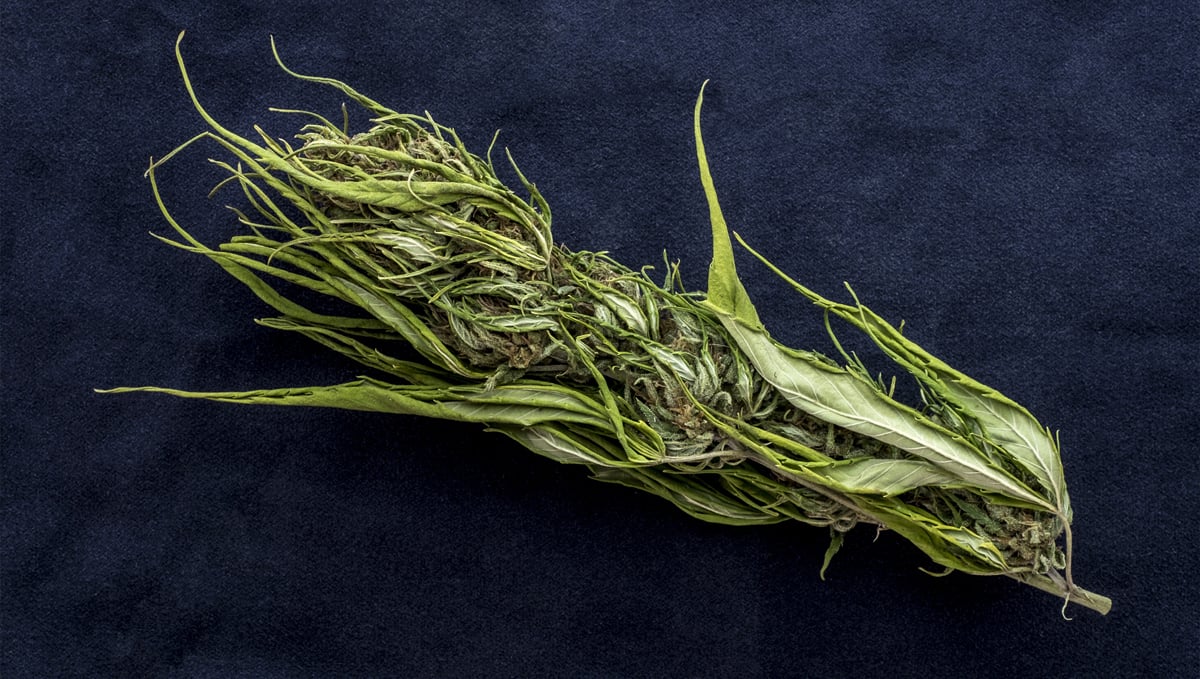
A couple of years later around the 1990s, breeders realized that they could make feminized seeds, meaning that all the plants that grew from feminized seeds would be Sinsemilla and this made it easier for people to grow their own potent cannabis at home. Nowadays the words Sinsemilla isn’t really popular because you can find “Sinsemilla” seeds in most seed banks, in fact, most seedbanks only sell feminized seeds.
4. Can Sinsemilla Strains Produce Seeds?
Unfortunately yes it is very possible for a sinsemilla cannabis plant to pollinate itself and it is called a hermaphrodite. There are a number of reasons why a plant can become hermaphroditic, the most common reason being stress. Even with no male plants in the area, a plant can still push out pollen sacks if they sense severe stressors in the environment from harsh winds, cold weather, or removing too many leaves.
The reason the plant will push pollen sacks is that the stress is making the plant think it is going to die. All the plant is trying to do is preserve itself and its genetics so the plant does not disappear forever, all life wants to survive and plants have an interesting way of doing it. Some genetics can withstand more stress than others which is why it is imperative to purchase seeds from a reputable source.
5. FAQs About Sinsemilla
What strain is sinsemilla?
To put it in a simple way, all strains can be sinsemilla strains as long as they don’t get pollinated.
As explained above, sinsemilla isn’t a specific strain, it refers to any strain that has been grown far away from male plants and has not been pollinated so this means that sinsemilla is any weed that doesn't contain seeds in it.
What are the main differences between sinsemilla and regular seeds?
Basically, sinsemilla are feminized seeds which will result in female plants and regular seeds can result in either male or female seeds, here's a table to help you understand it.
| Type of seed | Pros | Cons |
|---|---|---|
| Feminized seeds |
100% female offspring. |
Will not produce pollen naturally, cannot be used to make seeds. |
| Regular seeds | Can be used to produce new seeds. | 50% male and 50% female offspring. |
Can you smoke sinsemilla?
Yes, matter of fact, every cannabis consumer used to smoke sinsemilla before feminized seeds were a thing so of course, you definitely can!
Where can I buy sinsemilla seeds?
Back then it was quite hard to find sinsemilla seeds (which are basically feminized seeds) but nowadays you can find them in most reputable seed banks.
6. How Are Feminized Seeds Made?
So now that we know all about sensimilla and that it essentially means feminized cannabis plant, why don't we learn how breeders make feminized seeds. A breeder must have plants that they know are 100% female. Let's call these plants (female group one) All of the plants must have been induced to flower. After this what the breeder does is stress out (female group one) to force them to produce pollen sacks.
Once the pollen is collected from (female group one) the breeder will then take that pollen to a completely different room with other female plants, let's call these (female group two). These plants have also started to flower and have been growing normally with no stress.
With a small paintbrush, the breeder will go around the plant dabbing the flowers with the smallest amount of pollen. Once the pollen has been brushed onto the pistles the branch is marked with a tag to know which branches have the seeds and which ones are just flowers. The seeds that come from (female group two) will be 100% feminized.
7. In conclusion
Despite not being called that way anymore, it’s super easy to find feminized seeds nowadays, these feminized seeds are what will result in sinsemilla buds if grown properly.
So now that you know exactly what sinsemilla is, get your seeds ready and get growing!
External references
- Changes in Cannabis Potency over the Last Two Decades (1995-2014). - Elsohly, Mahmoud & Mehmedic, Zlatko & Foster, Susan & Gon, Chandrani & Chandra, Suman & Church, James. (2016).
- New trends in cannabis potency in USA and Europe during the last decade (2008–2017). - Chandra, Suman & Radwan, Mohamed & Majumdar, Chandrani & Church, James & Freeman, Tom & Elsohly, Mahmoud. (2019).










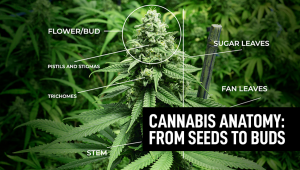


Comments